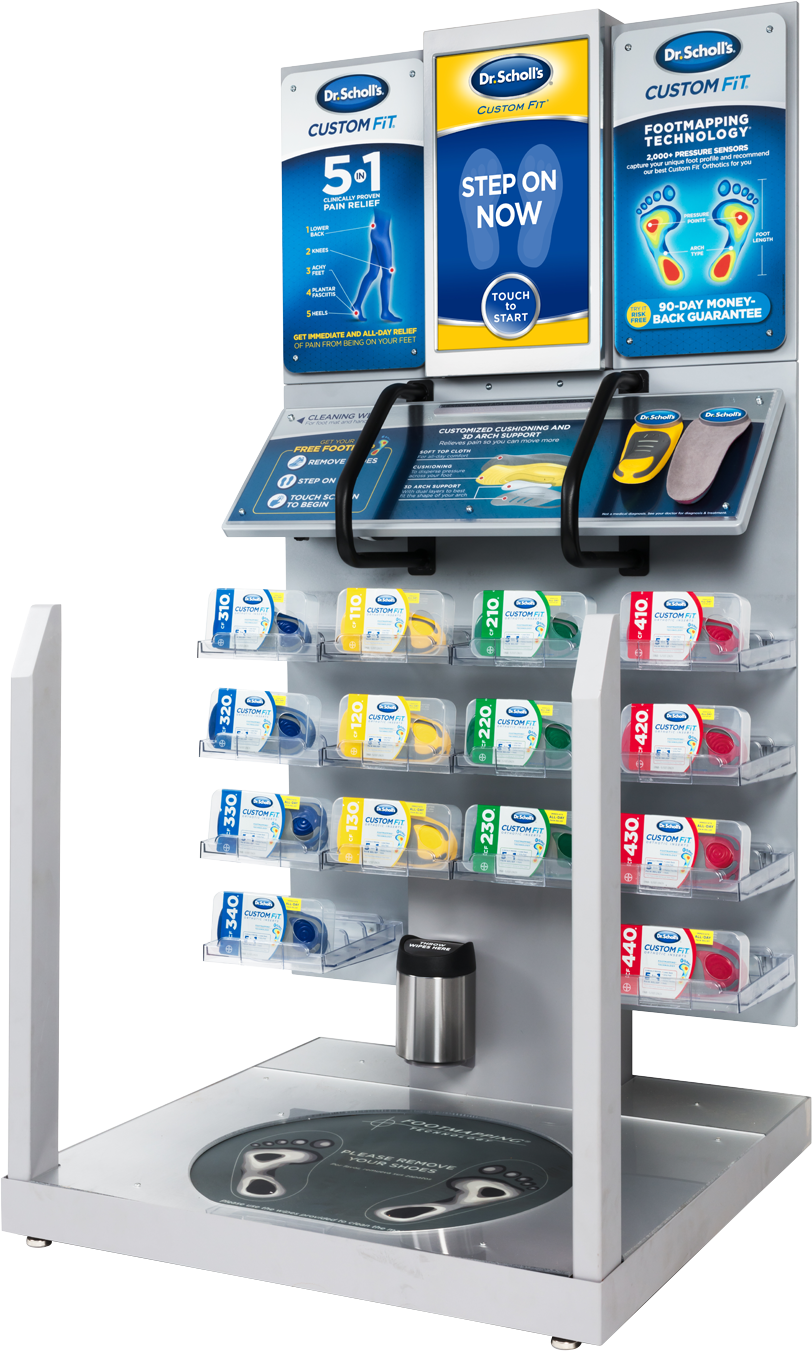Unleashing the Power of Custom Without the Costs

Personalized. Tailored. Bespoke. Handcrafted. Made-to-order. Exclusive. Limited Edition. Custom.
Any of these modifiers can instantly increase the perceived value and desirability of a product. Forget that plain, generic thing that anyone can have. I want something special, to indicate that I am special, and I'm willing to spend frivolously to make it so.
The roadblock then becomes delivering custom at scale. Those two words are at odds with one another. The specialness of custom should not be scalable, otherwise it ceases to be special!
Enter combinatorics.
The way to deliver that 'custom' feel to your customer is by using an assembly line process with a finite about of interchangeable components. Think about Taco Bell or Subway - who have under a couple dozen ingredients that add up to millions of possible combinations. This only covers the first element of creating a bespoke product though. In the examples of fast food, the customer is choosing the ingredients, and those items are still some of the cheapest foods one can buy. The second element is some sort of contrived diagnostic tool. You can keep the combinations to a minimum using things like the Pareto principle, but your process must feel like magic, or a black box that spits out a very precise recipe.
I have included a picture of a Dr. Scholls insole kiosk as the header image, because it captures these two components perfectly. It lumps all prospective customers into four main categories of insole wearer, then it uses a diagnostic mat to create an image of a your footprint so as to appear less like one of four choices and more like the custom prescription from the Doctor himself. What's even better is that the four types of insole are not named things like A, B, C, and D. They are given highly complex names that allude to a vast number of combinations: The 200 series, the 300 series, and so on.
So in managing your deliverables, think about how you can simulate a custom feel using combinatorics and a few assembly line options.
